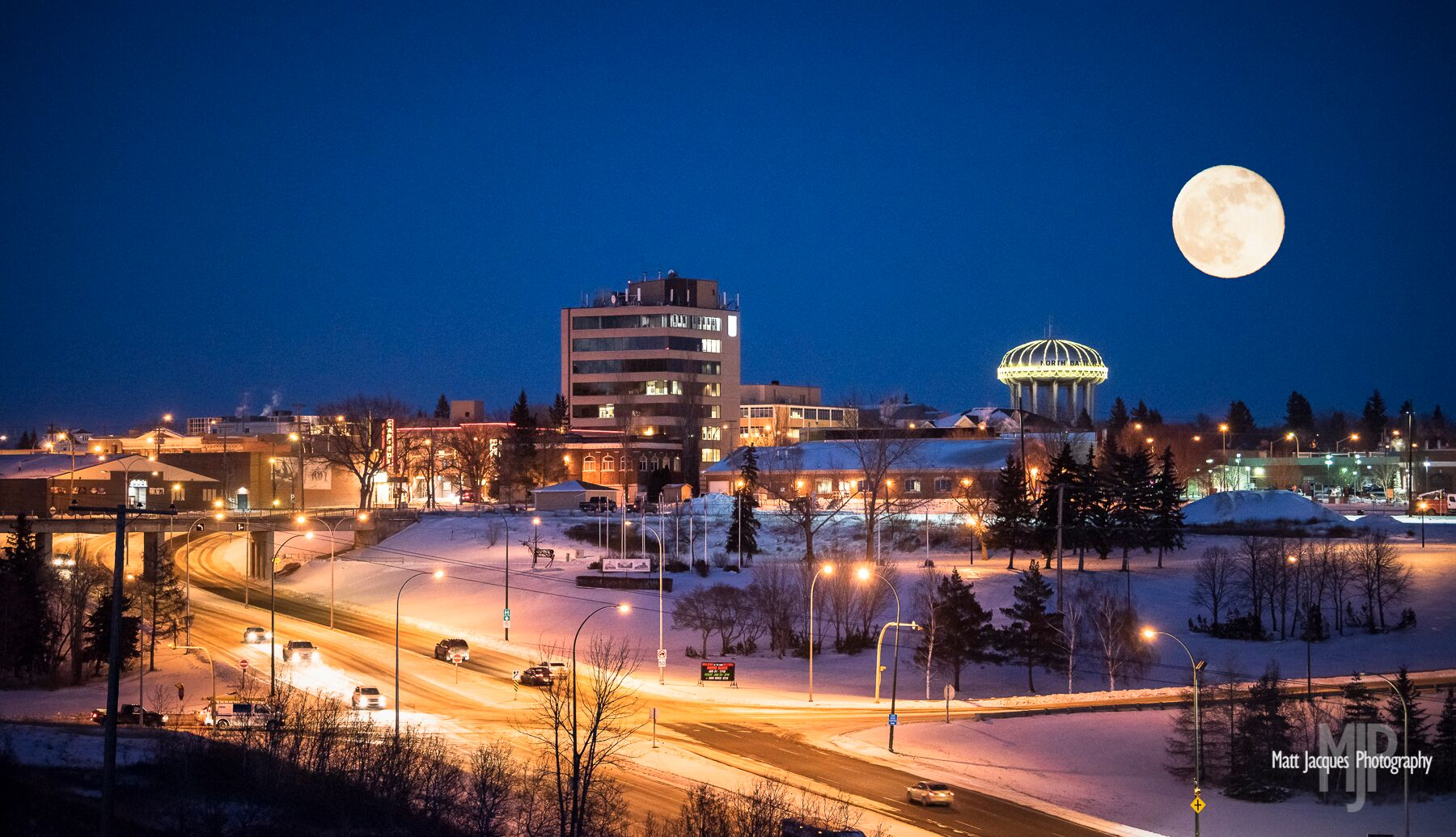Understanding the Environment in the Battlefords: A Guide for Newcomers to Canada
Canada is renowned for its stunning natural landscapes, and the Battlefords, including Battleford and North Battleford, Saskatchewan, are no exception. For newcomers to Canada, understanding the local environment, weather conditions, natural resources, conservation practices, and environmental responsibilities is essential. This page provides a comprehensive guide to the environment in the Battlefords, offering insights into the region's climate, wildlife, and seasonal outdoor activities. Whether you're an outdoor enthusiast or looking to adapt to local weather patterns, this guide helps you connect with the natural beauty of the Battlefords and embrace responsible environmental practices.
Saskatchewan Climate
Saskatchewan experiences a diverse climate characterized by cold winters and warm summers. The province is known for its continental climate, which means it has distinct seasonal variations.

In winter, temperatures often drop well below freezing, with snowfall contributing to a picturesque snowy landscape. Snowfall will usually occur in October/November, and melts will occur in April. It is very important to prepare for Canadian winters with jackets, boots, scarves, mittens, and other winter equipment. Make sure that any winter garments you purchase can withstand temperatures below -25°C. You can typically find good winter clothing at stores like Mark's and Sport Chek, both in the Battlefords. Occasionally, the community will host winter clothing drives to donate to those in need. North West College has hosted an event in the past. You can check their website for details in the winter months.
It is not uncommon for Saskatchewan to get a blizzard in the winter season. These are snow storms which often bring poor visibility and heavy snowfall, along with strong winds and sometimes freezing rain. These are dangerous storms, and it is not recommended to travel or be outside during these events. Investing in a snow shovel for your home and a travel-sized shovel and scraper brush for your vehicle will help mitigate the risks of winter travel. Carrying blankets and heavy-duty winter clothing in your car when travelling long distances in the cold is also recommended. Finally, investing in a set of winter tires for your vehicle is strongly recommended, as the snow and ice can cause your car to lose its grip on the roadways.
Summers are generally warm to hot, occasionally exceeding 30°C (86°F), making them a prime season for outdoor activities like camping and hiking. The Battlefords Provincial Park and Municipality of Cochin surround a natural lake that is open to the public in the summertime. It is a popular spot for fishing and suntanning and occasionally hosts events like Cochin Days.
Spring and autumn transition periods are relatively short but bring moderate temperatures and vibrant changes in foliage, offering brief yet beautiful interludes between the extremes of winter and summer.
Precipitation varies across the province, with the southern regions receiving more rainfall compared to the drier northern areas. Overall, Saskatchewan's climate plays a significant role in shaping its agriculture, natural landscapes, and outdoor lifestyle throughout the year.
Saskatchewan Wildlife
Saskatchewan, known for its vast prairies and stunning landscapes, is home to a diverse array of wildlife that thrives in its unique ecosystems. From the expansive grasslands to the boreal forests in the north, Saskatchewan offers habitats for a wide range of species, each adapted to its environment in fascinating ways.
One of the iconic animals of Saskatchewan is the Plains Bison. These majestic creatures once roamed in enormous herds across the prairies, and efforts to conserve and reintroduce them have been successful in recent decades. Bison are not only a symbol of resilience but also play a crucial role in maintaining the health of grassland ecosystems.
In addition to bison, Saskatchewan is abundant with other large mammals such as moose, elk, and white-tailed deer. These animals are well-adapted to the varying landscapes, from the dense forests in the north to the rolling hills and meadows in the south. They are not only important for the biodiversity of the region but also attract wildlife enthusiasts and photographers from around the world.
Birdwatching is also a popular activity in Saskatchewan, especially in places like the Prince Albert National Park and the Qu'Appelle Valley. The province is home to a rich diversity of bird species, including waterfowl like ducks and geese, raptors like eagles and hawks, and songbirds like warblers and sparrows. The boreal forests provide nesting grounds for many migratory birds, making Saskatchewan a crucial stopover point along their journeys.
Saskatchewan's rivers, lakes, and wetlands support a variety of aquatic life, including fish such as northern pike, walleye, and lake trout. These bodies of water are also habitat for amphibians like frogs and salamanders, as well as reptiles such as turtles and snakes.
Conservation efforts in Saskatchewan are ongoing to protect and sustain these diverse ecosystems and their inhabitants. Organizations and government agencies work to manage wildlife populations, preserve habitats, and educate the public about the importance of biodiversity.
Overall, Saskatchewan's wildlife offers a glimpse into the resilience and beauty of nature in Canada's prairie provinces. Whether exploring the grasslands, forests, or wetlands, encountering the wildlife of Saskatchewan is an experience that leaves a lasting impression on visitors and residents alike.
